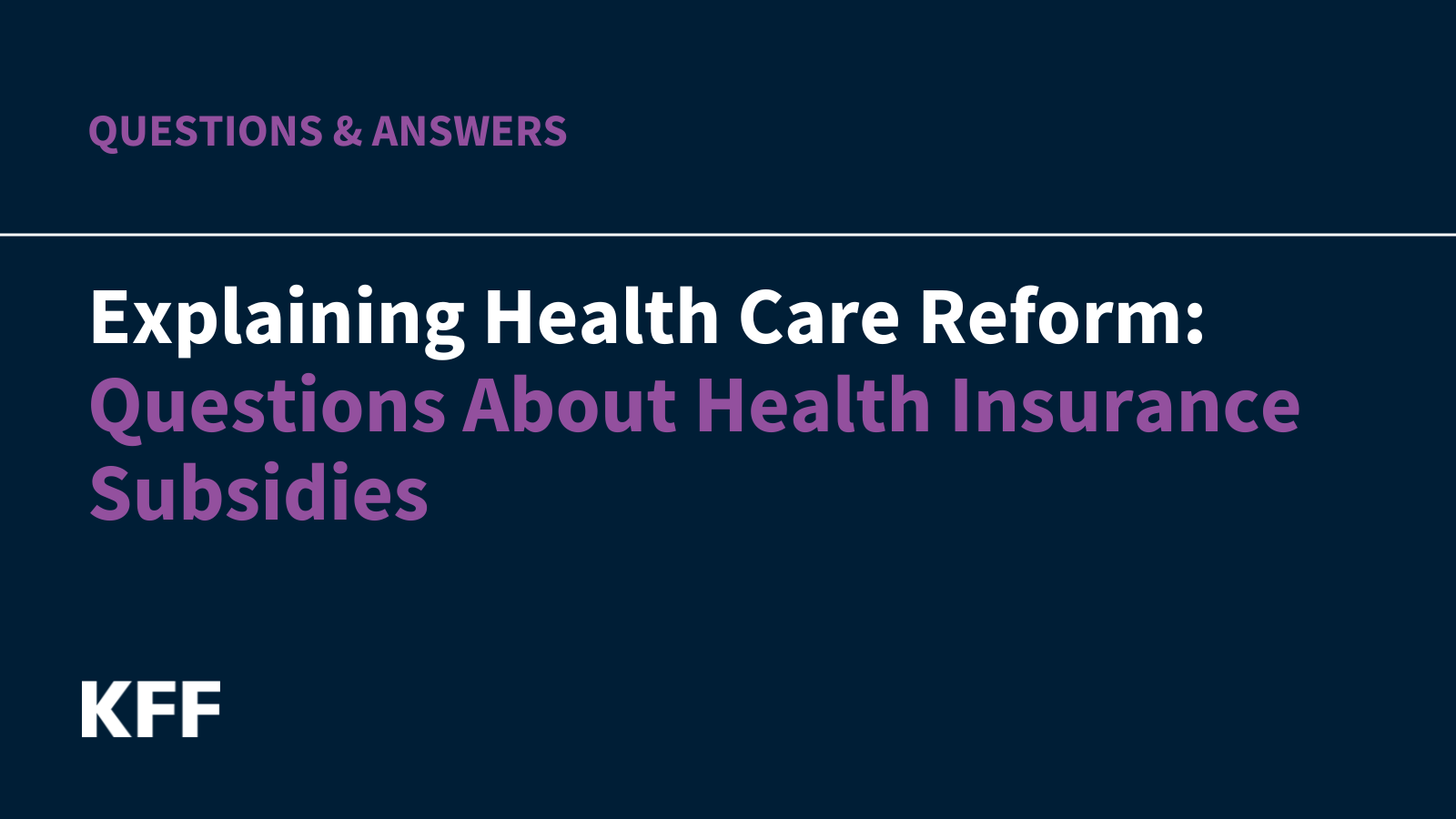In his recent State of the Union address, President Joe Biden made bold claims about the strength of the economy, stating that the United States has the best economy in the world. However, a closer look at the data reveals a more nuanced picture of the economic landscape.
According to the Bureau of Labor Statistics (BLS), while there has been job growth in recent years, the increase has been primarily in part-time positions. In February 2024, there were 132.9 million full-time jobs and 27.9 million part-time jobs, representing a drop in full-time employment compared to the previous year. This shift towards part-time work has implications for workers who may not have access to benefits or stable income.
President Biden also cited a 3% increase in average weekly wages over the past year as evidence of economic progress. However, this figure only accounts for full-time workers and excludes a significant portion of the workforce, such as part-time and contract workers. Minimum-wage workers, in particular, have not seen significant wage increases, with some experiencing no growth in their earnings.
Union workers have been able to secure wage gains through collective bargaining, with data showing that 458,900 workers were involved in 33 major strikes in 2023. However, the overall percentage of unionized workers remains low, limiting the impact of these gains on the broader workforce.
The article also highlights the discrepancy between the reported inflation rate for consumer goods (3.1%) and services (over 5%) in January. This disparity underscores the challenges faced by many workers who are grappling with rising costs for essential services like rent, transportation, and healthcare.
Furthermore, the unemployment rate, as measured by the U-3 rate, is reported to be 3.7%. However, a more comprehensive measure, the U-6 rate, which includes part-time and discouraged workers, paints a different picture. In January, the U-6 rate was 8%, indicating a higher level of underemployment than suggested by the official figures.
The article also delves into the changing nature of employment in the United States, with a shift towards part-time work at major corporations like Walmart, Amazon, and Starbucks. These companies, which are among the largest employers in the country, have faced criticism for their low wages, lack of benefits, and anti-union practices.
Overall, the article challenges the narrative of a booming economy presented by President Biden, highlighting the complexities and inequalities that persist within the labor market. It underscores the need for policies that address the challenges faced by workers and ensure fair wages, stable employment, and access to benefits.
















